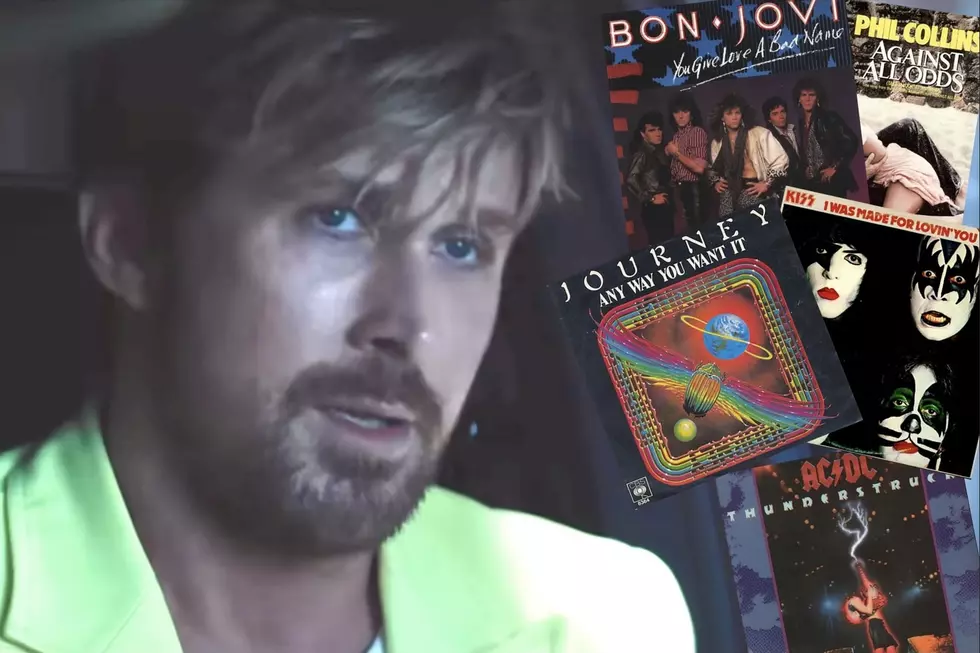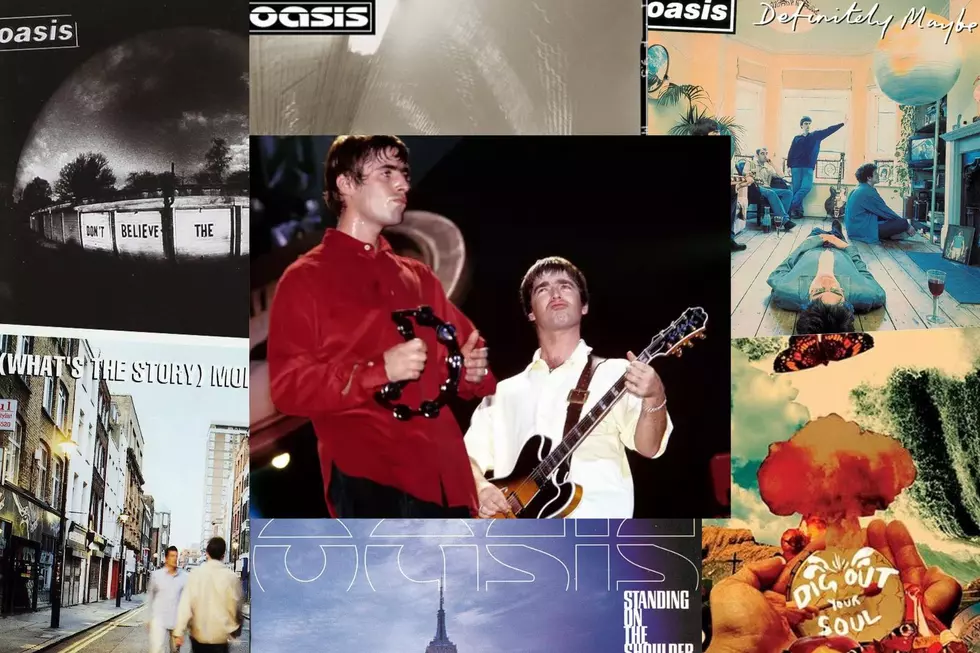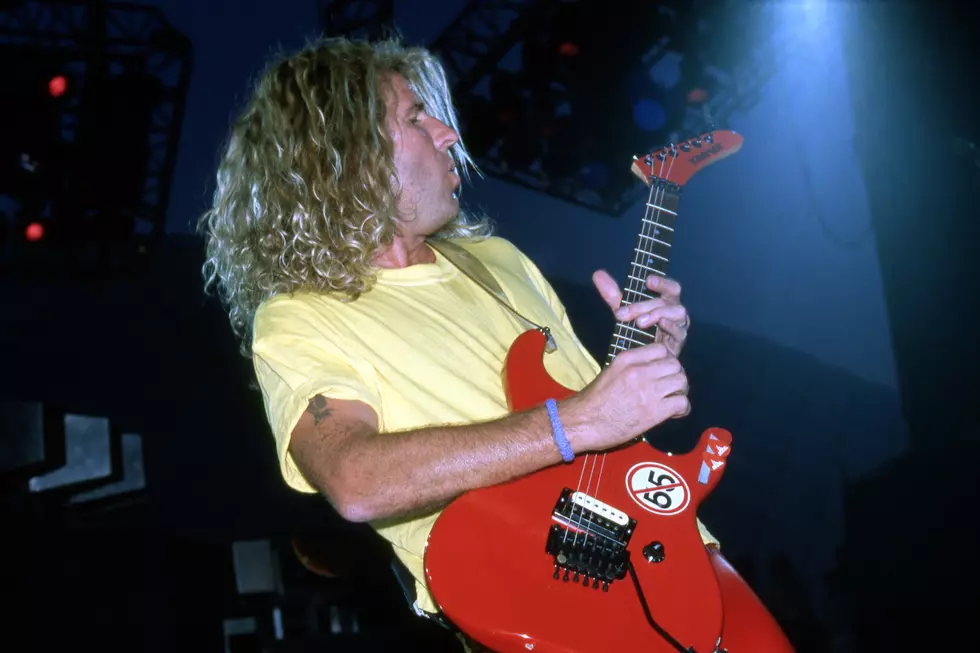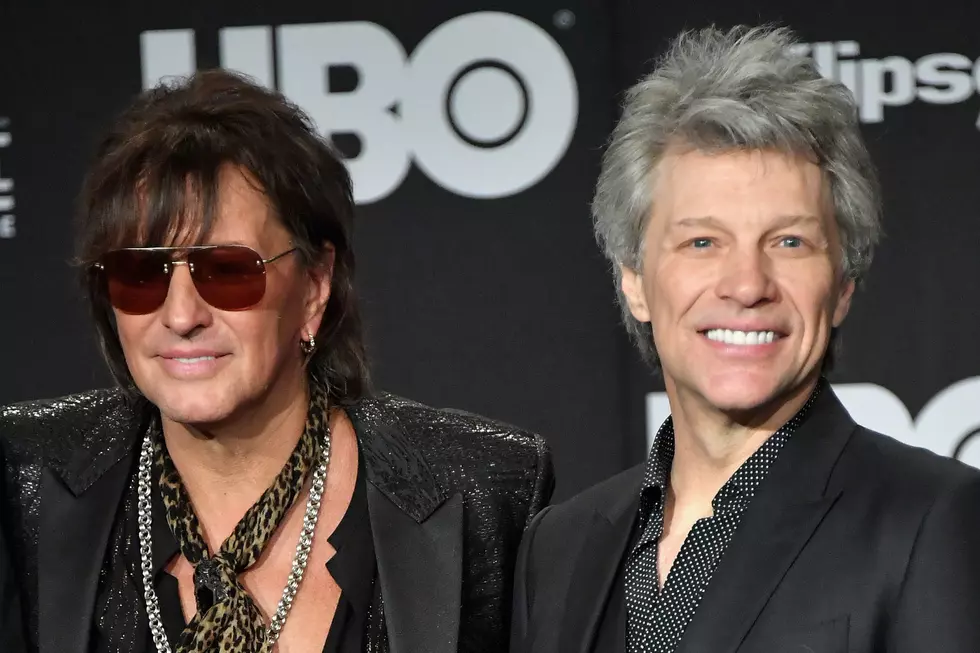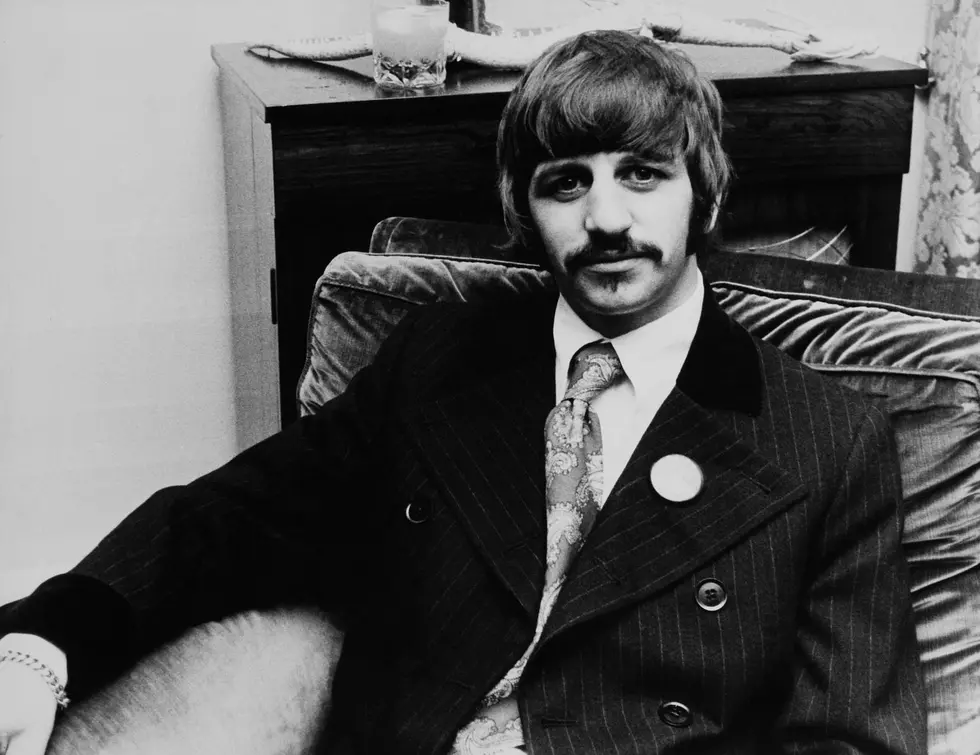
55 Years Ago: Ringo Starr Briefly Quits the Beatles
They didn't officially disband until 1970, but the first signs that the Beatles were coming apart took place on Aug. 22, 1968.
Drummer Ringo Starr walked out during recording sessions for the White Album, a little more than six years to the day after he performed his first show with the group. Not that anybody knew this at the time.
The staff at Abbey Road Studios could sense the situation internally wasn't as rosy as it appeared on the outside, but everybody close to the group had to keep the news out of the press.
"Things were getting very strained on Beatles sessions by this time," engineer Peter Vince said in The Beatles Recording Sessions: The Official Abbey Road Studio Session Notes, 1962-1970. "The engineers would be asked to leave. They'd say 'Go off for a meal' or 'Go off for a drink,' and you'd know they were having heavy discussions and didn't want anyone around."
Eventually, all the tension got to Starr. As he recalled in Anthology: "I felt I wasn't playing great, and I also felt that the other three were really happy, and I was an outsider. I went to see John [Lennon], who had been living in my apartment in Montagu Square with Yoko [Ono] since he moved out of Kenwood. I said, 'I'm leaving the group because I'm not playing well, and I feel unloved and out of it, and you three are really close.' And John said, 'I thought it was you three!'"
Next, Starr went to see Paul McCartney. "I said the same thing. 'I'm leaving the band. I feel you three guys are really close, and I'm out of it,'" Starr added. "And Paul said, 'I thought it was you three!'"
Producer George Martin summed things up: "If you go to a party and the husband and wife have been having a row, there's a tension – an atmosphere," he said in the Anthology documentary. "And you wonder whether you are making things worse by being there. I think that was the kind of situation we found with Ringo. ... He might have said to himself, 'Am I the cause?'"
Watch the Beatles' 'Revolution' Video
Starr went to Sardinia, borrowing the yacht that belonged to his good friend, actor Peter Sellers. But he didn't completely abandon music during that time. He wound up writing "Octopus's Garden." Starr's second solo composition for the group, the song would later be released on 1969's Abbey Road.
Meanwhile, the other three Beatles still had work to do. With McCartney filling in behind the drum kit, they recorded "Back in the U.S.S.R." and "Dear Prudence." But they soon realized they needed Starr, and sent him a telegram asking him to return, saying that they thought he was the best rock n' roll drummer in the world and that they loved him.
He came back to the group on Sept. 4, just in time to film the videos (then called "promotional clips") for "Hey Jude" and "Revolution." The next day, Starr arrived at Abbey Road to find his kit decorated in flowers spelling out "Welcome Back, Ringo."
Years later, Paul McCartney realized that maybe they hadn't given Ringo Starr the positive reinforcement he needed. "I think Ringo was always paranoid that he wasn't a great drummer because he never used to solo," he said in Anthology. "You go through life and never stop and ... tell your favorite drummer that he's your favorite. Ringo felt insecure, and he left, so we told him, 'Look man, you are the best drummer in the world for us.' I still think that."
Beatles Solo Albums Ranked
Remembering Ringo Starr’s Amazing Garage Sale
More From Ultimate Classic Rock
